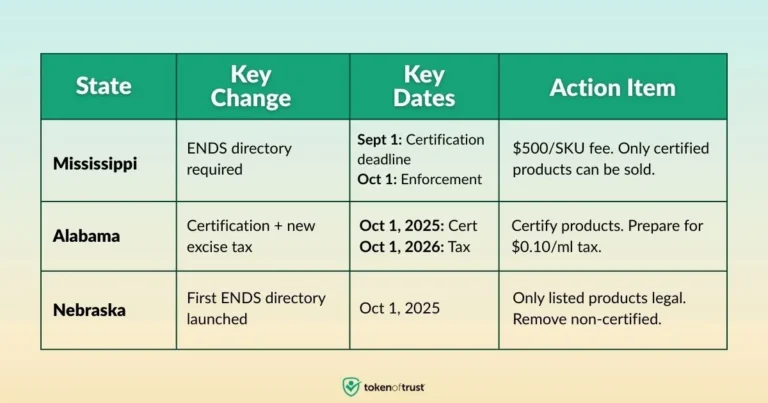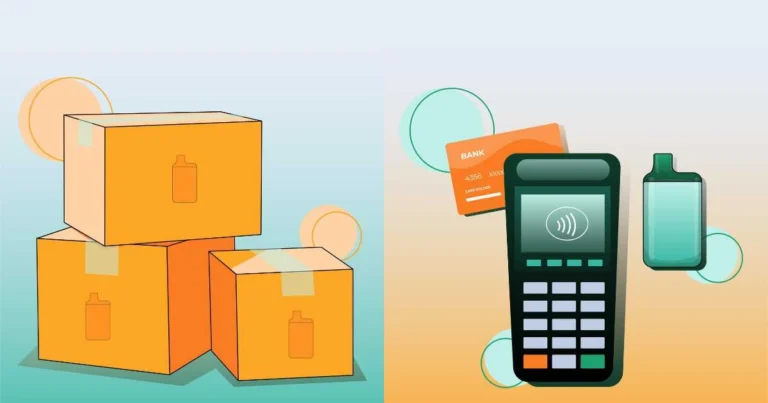The Foundation of Age Verification: Understanding the Role of Identity
Merchants in eCommerce must follow rules that keep certain products away from minors. Certain products, such as alcohol, tobacco, and adult content, have age restrictions. To enforce these restrictions, strong age verification systems are required. As more regulations are introduced, it gets harder to understand and follow these rules. Now, these regulations have clear instructions for checking age and verifying identity.
This blog helps merchants understand the connection and differences between verifying identity and verifying age. Compliance is now necessary. Understanding these processes is not just a choice, but a requirement.
Age Verification: A Facet of Identity
Age verification appears to be a separate process that confirms a customer’s eligibility for age-restricted products. However, peeling back the layers reveals a fundamental truth – age is an attribute of one’s identity. To verify age, it’s essential to establish and validate the broader spectrum of an individual’s identity.
This realization has significant implications for eCommerce merchants seeking age verification solutions. Instead of only considering age, we should use methods that verify identity and include age.
The Pitfalls of Accessing All Identity Attributes
While age verification necessitates identity verification, it’s crucial to recognize that not all products or services require access to the full array of an individual’s identity attributes. In fact, indiscriminate access to such information can pose a serious data liability. Merchants must adopt a nuanced approach, carefully selecting and verifying only the specific attributes necessary for age verification.
To protect privacy and comply with privacy laws, only keep essential information like age, name, and order ID numbers. To protect customer privacy, the system deletes other information used to verify identity automatically. This focused and simplified method finds the right balance. It checks age without keeping extra personal details, following strict privacy rules.
Age Gates: A Flimsy Barrier
For years, age gates have been the go-to solution for online platforms seeking to comply with age restrictions. But, it’s important to clarify that age gates alone are not a strong way to verify age. The problem is that the process is too simple. Customers just have to check a box to say they are old enough, but they don’t have to show any proof.
Age gates alone cannot verify a customer’s identity, making them insufficient as age verification. Without identity verification, there’s no assurance that the person claiming to be of a certain age is indeed who they say they are.
The Imperative of Identity Verification
To effectively verify age, the key is thorough identity verification. Ecommerce merchants need identity verification solutions that are comprehensive, while also prioritizing permissions and privacy.
Advanced identity verification systems use multiple secure methods, including document verification, biometric authentication, and database checks. These techniques confirm age and build trust and security. Let’s delve into the concept of Levels of Assurance (LoA) from the European Commission, providing a nuanced understanding of the robustness and reliability of the verification process:
- Level 1 (Low Assurance): Basic identity verification involves simple processes, such as checking an email address or phone number. This level is suitable for low-risk scenarios.
- Level 2 (Substantial Assurance): Involves verifying multiple identifiers, such as a government-issued ID and a biometric selfie. This level is appropriate for more sensitive transactions.
- Level 3 (High Assurance): Requires in-person verification, ensuring a higher degree of confidence in the individual’s identity. This level is ideal for high-risk scenarios where strong authentication is crucial.
For age-restricted products in eCommerce, particularly those regulated by stringent age restrictions, a Level 2 or Level 3 assurance would be advisable. These higher levels of assurance provide a more thorough verification process, reducing the risk of fraudulent age claims and enhancing compliance with age-related regulations. Choosing the appropriate Level of Assurance ensures that the identity verification process aligns with the specific requirements of selling age-restricted products, offering a secure and legally compliant solution for eCommerce merchants.
Conclusion: A Holistic Approach to Age Verification
In the complex world of online shopping, age and identity verification are closely linked. Age is a key part of who we are, and it’s important for stores to understand this connection. Merchants can use identity verification to comply with rules, protect customer data, and create a secure online environment.
To effectively verify age, we must recognize that age is more than just a number. It is an important aspect of someone’s identity that should be carefully considered and confirmed. In eCommerce, trust is important. A holistic approach to age verification helps build trust with customers.






